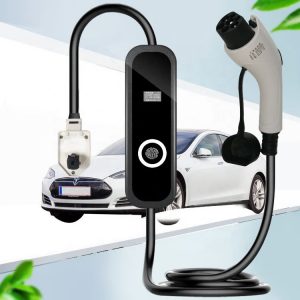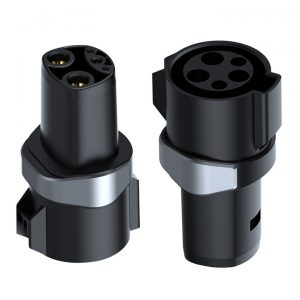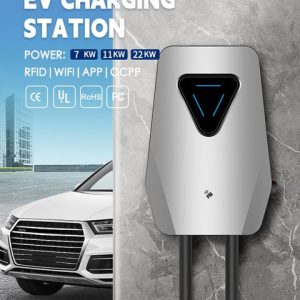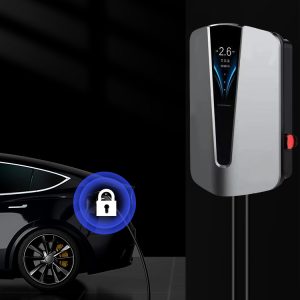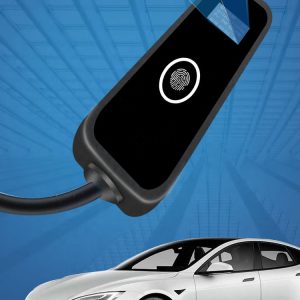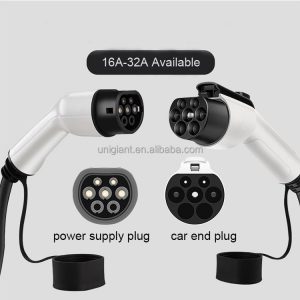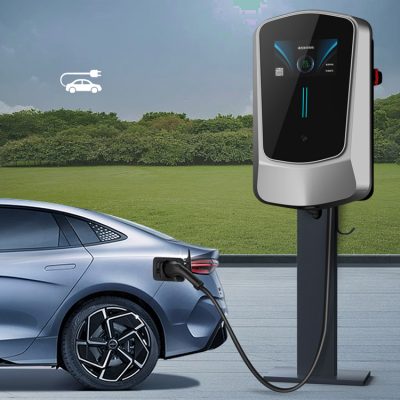
Buying an electric car is exciting.
Figuring out how to keep it charged? Well, that can get a bit confusing!
Picking the right charger can be the difference between waking up to a full battery, and hoping you have enough juice to even make it to work! So, whether your EV is a BEV (battery electric vehicle) or a PHEV (plug-in hybrid electric vehicle), read on to learn which charging option is best for your needs and lifestyle!
Understanding Level 1 EV Charging
Level 1 charging is the simplest – but slowest – way to recharge your EV.
Level 1 charging uses standard AC wall outlets (like the ones found in your home or office building) to recharge your battery. While this is the slowest of the three charging options, it can be an extremely convenient solution for EV owners with short daily commutes and access to overnight charging.
Standard 120V AC outlets deliver a maximum charge of 2.3kW, which means you’ll only gain between three and six miles of range per hour. While this may seem slow, EV owners can still top off their cars with over 50 miles of range each night with a Level 1 charger.
The best part of Level 1 charging is its affordability. Unlike Level 2 and Level 3 charging, Level 1 charging typically requires no additional products, installations, or maintenance. Level 1 users can simply plug their EV into any NEMA 5-15 wall outlet and begin charging!
Level 2 Charging: How is it Different from Level 1?
Level 2 charging denotes a significant increase in power and charging speed.
Level 2 chargers are the most common EV charging option, and can be seen in many residential garages, public spaces, and office buildings.
Most Level 2 chargers can handle 240V of power – twice as much as standard Level 1 chargers. This voltage boost means significantly faster charging speeds, allowing EV owners to add around 50 miles to their range per hour of charging!
That means that unlike Level 1 chargers, Level 2 chargers can completely recharge most EVs in a single night (depending on your charger power output and the maximum charge rate).
Level 3: Simplifying DC Charging
Level 3 DC charging – also known as fast-charging or supercharging – is significantly more powerful than Level 1 and Level 2 charging.
Thanks to high-voltage power sources ranging from 400-900V, Level 3 chargers boast a charging rate of 3 to 20 miles of range per minute!
Yes, you read that correctly. 3 to 20 miles of range per minute.
Level 3 chargers get their speed by essentially cutting out the middleman – in this case, the AC to DC conversion process.
All EVs ultimately run on DC power. So, AC power needs to be converted to DC power inside the EV. Instead of wasting time and energy on this conversion, Level 3 chargers provide the high-voltage DC power your EV needs – straight from the tap.
Level 3 charging systems require higher voltages and complicated installations, so you’re unlikely to find them at any standard residence. However, EV owners can still access these superchargers thanks to the growing network of commercial EV refueling stations across the country.


